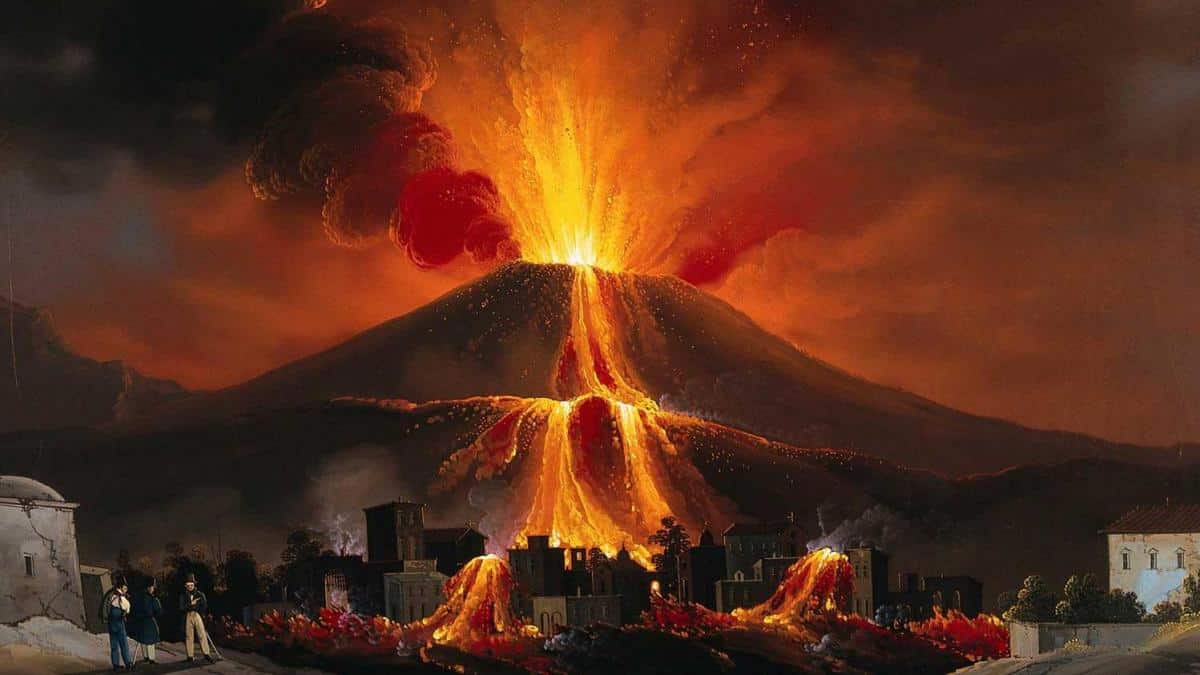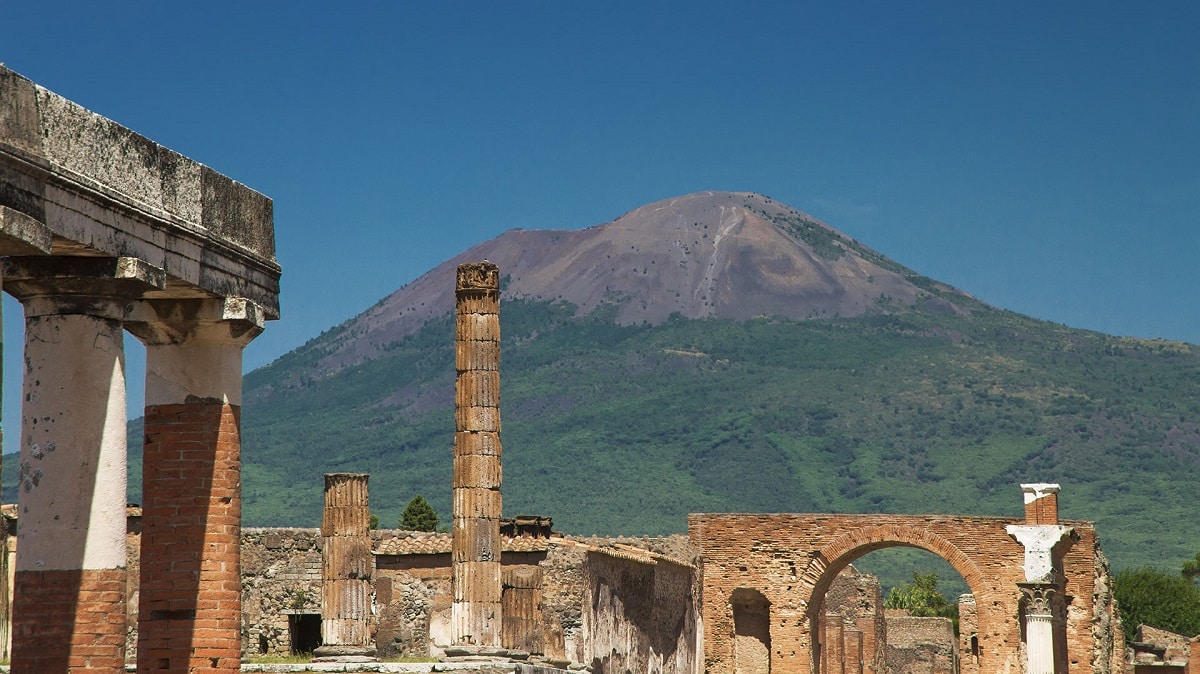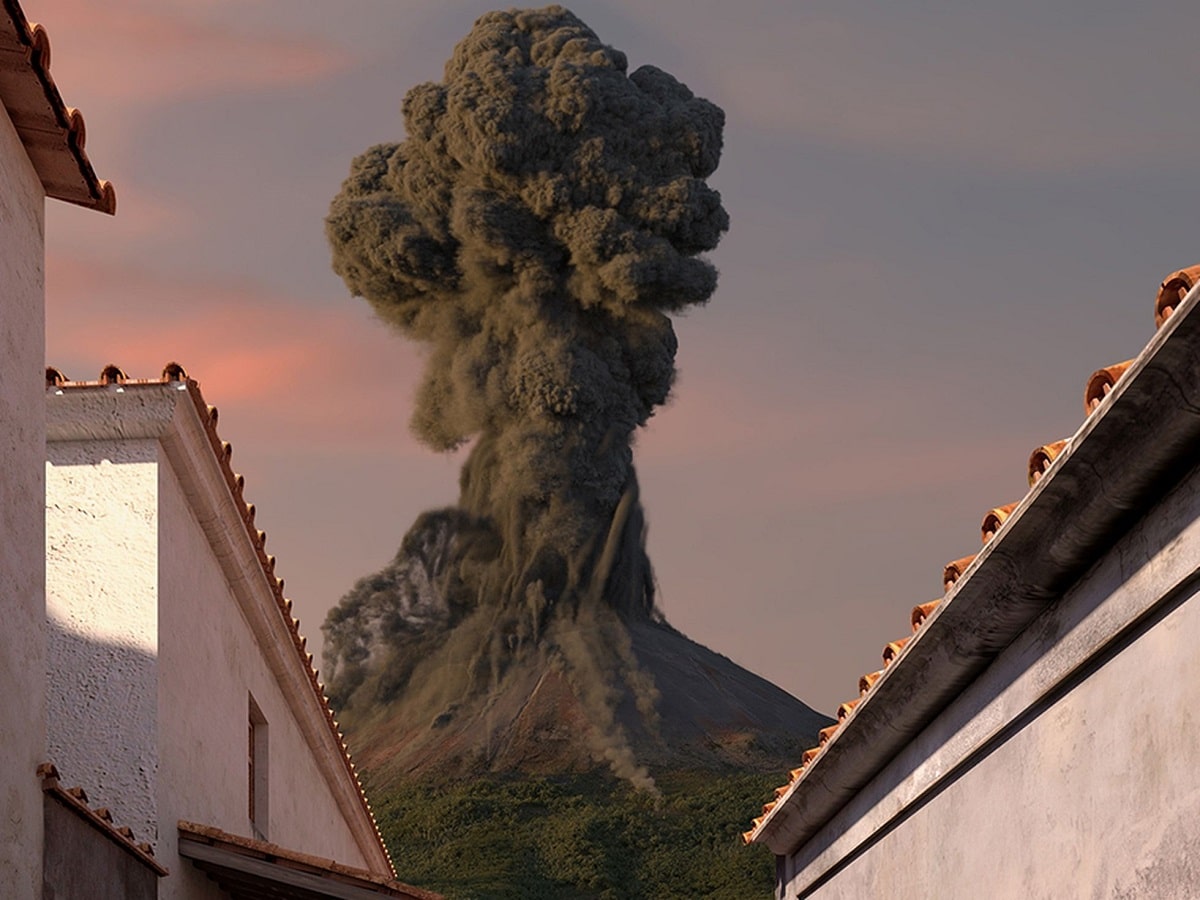
Surely we have all heard about the Pompeii disaster and even movies and documentaries have been made about it. Much has been said about pompeii volcano and is not as well known by its name and authentic features. It is Mount Vesuvius or Vesuvius volcano. It has some unique characteristics that caused this historical disaster. One of its eruptions triggered a crucial historical event.
For this reason, we are going to dedicate this article to telling you everything you need to know about the Pompeii volcano, its characteristics and choices.
pompeii volcano

Better known as Mount Vesuvius, the volcano that has one of the biggest natural disasters caused by volcanic eruptions in living memory. Even today, it is considered one of the most dangerous volcanoes in the world and the only active volcano on the European continent.
It is located in the Campania region of southern Italy, east of the Bay of Naples, about 9 kilometers from the city of Naples. Its name in Italian is Vesuvius, but it is also known as Vesaevus, Vesevus, Vesbius and Vesuve. Because it is made up of several layers of lava, ash, pumice, and other pyroclastic materials, and because it produces explosive eruptions, it is classified as a composite or stratovolcano. Since its central cone appears in the crater, it belongs to the category of Mount Soma.
Mount Vesuvius consists of a cone 1.281 meters high, known as the "Great Cone", which is mostly surrounded by the rim of the summit crater belonging to Mount Soma, which is about 1.132 meters high. Both are separated by the Atrio di Cavallo valley. The height of the cone changes over time due to successive eruptions. At its summit there is a crater more than 300 meters deep.
Mount Vesuvius is listed as one of the most dangerous volcanoes in the world. Its volcanic eruptions are of the compound volcano or stratovolcano type. Since the central corner of this volcano appears in a crater, it is of the Soma type. Considered one of the most dangerous volcanoes in the world, the cone is about 1.281 meters high. This cone is called the large cone. It is surrounded by the rim of the summit crater belonging to Monte Somma. The mountain is located at 1132 meters above sea level.
Mount Vesuvius and Mount Soma are separated by the Atrio di Cavallo valley. The height of the cone has changed throughout history, depending on the eruption that has occurred. The top of these volcanoes is a crater with a depth of more than 300 meters.
Formation and origin

The volcano sits just above the subduction zone between the Eurasian and African plates. Of these tectonic plates, a second plate is subducting (sinking) under the Eurasian plate at a rate of about 3,2 centimeters per year, which led to the formation of the Soma Mountains in the first place.
Naturally, Mount Soma is older than Mount Vesuvius. The oldest rocks in the volcanic zone are about 300.000 years old. The top of Mount Soma collapsed in an eruption 25.000 years ago, beginning to form the caldera, but the cone of Vesuvius did not begin to form until 17.000 years ago, in the middle. The Great Cone appeared in its entirety in AD 79, after a great outbreak. However, due to the movement of tectonic plates, the site has suffered sustained explosive eruptions and there has been intense seismic activity in the area.
Volcanoes are the result of magma reaching the surface as sediment from the African plate is pushed down at higher temperatures until it melts and is pushed up until part of the crust breaks off.
Pompeii volcano eruptions

Vesuvius has a long history of eruptions. The oldest identified dates from 6940 BC. C. Since then, more than 50 eruptions have been confirmed, and some more, with uncertain dates. Two particularly powerful eruptions, 5960 C. and 3580 B.C. C., turned the volcano into one of the largest in Europe. In the second millennium BC it had the so-called "Avellino Eruption", one of the largest eruptions in prehistory.
But there is no doubt that the strongest eruption occurred in 79 AD due to the force and its effects. C. Already at 62 d. C. The surrounding residents felt the strong earthquake, but it can be said that they are used to the earthquake in the area. It is speculated that on a day between October 24 and 28, 1979, Mount Vesuvius erupted at an altitude of 32-33 km and violently ejected a cloud of stone, volcanic gas, ash, pumice powder, lava and other substances at 1,5 tons per second.
Pliny the Younger, an ancient Roman statesman, witnessed the event in the nearby town of Misenam (about 30 kilometers from the volcano) and recorded it in his letter, which provided a wealth of information. According to him, the eruption was preceded by an earthquake and even a tsunami. A huge cloud of ash rose, flooding the surrounding area for 19 to 25 hours, burying the cities of Pompeii and Herculaneum and killing thousands. The survivors abandoned the city forever, and it was forgotten until archeology took an interest in it, especially in Pompeii.
Several years later, the volcano again ejected its contents, the largest of which occurred in 1631, causing significant damage to the area. The last one occurred on March 18, 1944, affecting several localities. The latter is believed to have ended the cycle of eruptions that began in 1631.
As you can see, the Pompeii volcano has a lot to offer in terms of history and eruptions. Such have been its events that even films and documentaries have been created to be able to show the public everything that happened. I hope that with this information you can learn more about the Pompeii volcano and its characteristics.